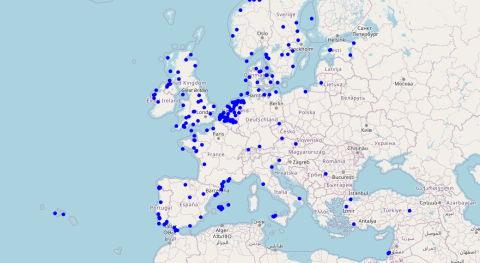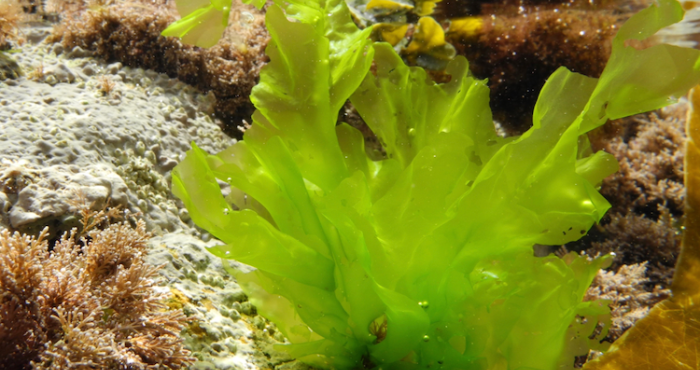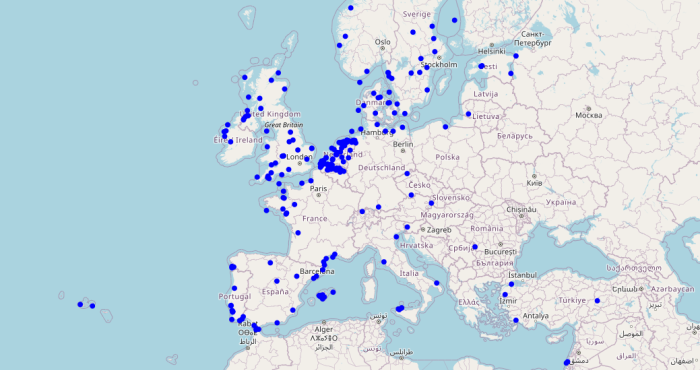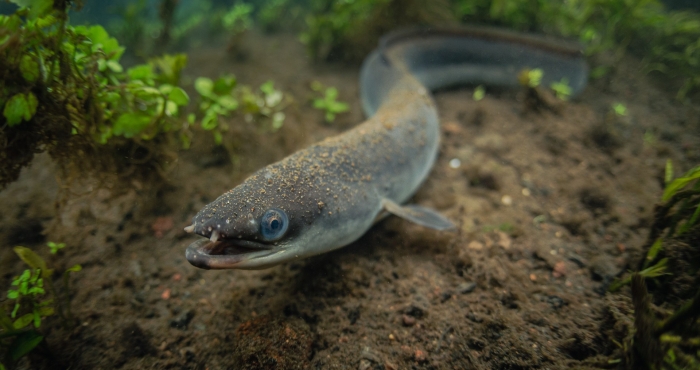Fish Don’t Know Borders: Tracking Aquatic Life Across Europe

A connected network beneath the surface
What began a decade ago as a handful of receivers along the Belgian coast has evolved into one of Europe’s largest collaborative monitoring systems. Today, the European Tracking Network (ETN) brings together hundreds of researchers who use acoustic telemetry to study the migrations and movement behaviour of aquatic species.
When tagged fish swim past underwater receivers deployed across Europe, their signals are detected and shared through a common data infrastructure. Together, these detections create a dynamic map of aquatic life — showing how fish move between estuaries, coasts, and open seas, regardless of political borders.
Belgium’s contribution: a national acoustic network
LifeWatch Belgium plays a key role in this international effort. In 2014, the Permanent Belgian Acoustic Receiver Network was established to track freshwater, marine, and diadromous fish species in Belgian waters. This national infrastructure — operated in collaboration by the Flanders Marine Institute (VLIZ) and Research institute for Nature and Forest (INBO) — continuously detects tagged animals that pass through the Belgian part of the North Sea, coastal zones, and connected rivers.
All data are shared through ETN’s open platform, ensuring that local observations contribute to a broader European picture of fish movements and habitat connectivity.
Why shared tracking matters
By pooling data across borders, researchers can follow species far beyond their original study areas — from cod and eels to sharks and sturgeons. This collaboration:
- Expands scientific reach without duplicating infrastructure.
- Improves conservation by identifying critical habitats and migration routes.
- Feeds global biodiversity databases, strengthening Europe’s contribution to marine and freshwater policy.
As marine ecologist Jan Reubens (VLIZ) puts it:
“Fish don’t know borders — so our science shouldn’t either.”

A decade of data, and a future of discovery
After ten years, ETN now connects more than 600 users, 3,000 receivers, and 160 species across Europe, which resulted in more than 1 billion detections. Each detection adds to a growing, open-access map of aquatic movement — a collective effort powered by LifeWatch and its partners.
Together, they’re turning invisible migrations into shared knowledge for sustainable management of Europe’s aquatic life.



